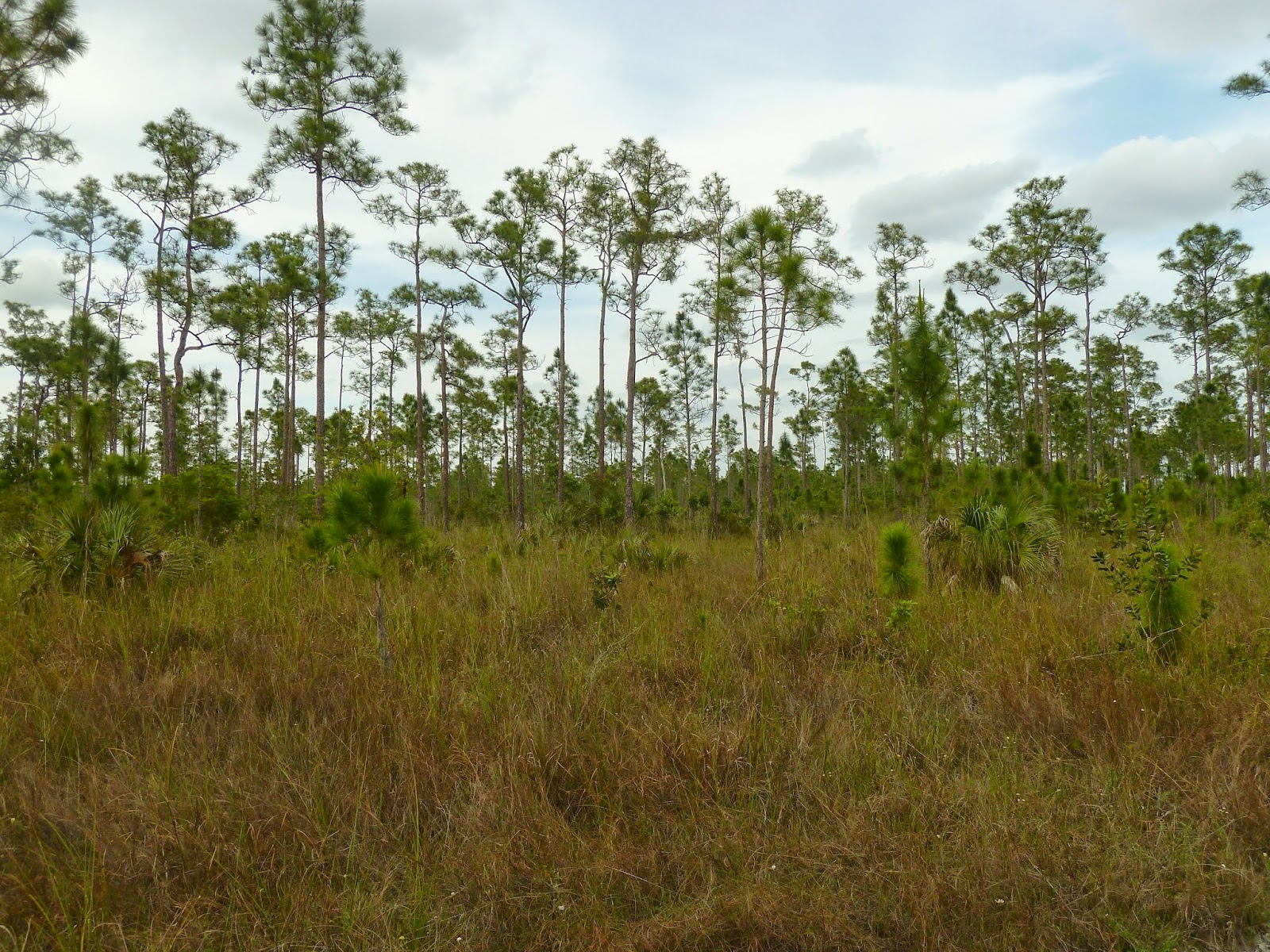We're on the move again! We've just finished a summer in North Dakota (perhaps more on that later?), and are getting ready to head back to our Environmental Education jobs in the Everglades. Another winter in Florida sounds pretty good, especially since fall was falling in North Dakota just before we left... brrrrrr.
When we decided to take the job in the
Everglades, many people oohed and aahed about how nice Florida in the winter
would be. Friends told us of great places they've been - typically in the Keys, occasionally in the cities, but few mentioned how cool the Everglades
themselves were. Since we were working in North Cascades National Park at the
time, we met many “park people,” folks who travel to see parks, people who have
generally been to way more parks than I have. Reactions of the park people were
mixed, and although some thought the Everglades were cool, many changed the
subject by commenting on how gorgeous Stehekin is.
 |
| Well, yeah. |
One gentleman said he was from Miami, and hated the Everglades, Ugly, he said. Why would you ever go there?
 |
| Flat, yes. Wet, too. |
Depending on the time of year, you might see a different side of the Everglades, though.
 |
| Flat and dry. |
Sooooo - we knew what people were hinting at. However, we also knew that the subtlety is there, and that there’s magic in the details. One of the biggest things we try to impress upon students when they visit us is how there’s actually a lot of variety in the Everglades. Go out into the swamp and see a cypress dome from the inside - it’s like a cathedral in there.
A little farther down, the water gets brackish, and the mangroves take over - which are a place unlike any other.
Not to mention Florida Bay, of course - but that’s dangerously close to the Keys.
 |
| Beautiful, though. |
But the Everglades are not all water. Six inches of elevation change makes a perennially dry area, which is why this spot is important enough to be marked:
Don’t laugh. It’s actually an important break between
waterways. Actually - go ahead and laugh. But it’s still important.
But they’re one of the most biologically diverse habitats out there, supporting everything from exotic plants to the endangered Florida panther.
 |
| Burn, baby burn! |
Just before we left the Everglades for the season, the Park Service conducted a prescribed burn on a section of pinelands near our office. One day, lots of plants and greenery (although it was dry enough to be brownery by that time); the next, DEVISTATION.
Florida can be very jungle-like - stuff just won’t die.
Even the trees won’t die:
Turns out, the South Florida Slash Pine is well adapted to
fire, having bark that protects the inner wood, and needles that are up high so
quick understory fires can’t kill the trees by burning their green bits. The
way to keep the fires that go through quick and understory, though, is to
regularly burn the pinelands. The official quoted figure is that fires should
go through the area every two to seven years. Yowza!
No joke - the Park Service is mowing down areas of the
forest and scraping every last bit of dirt off the ground.
Whaaaaa?
Pulling out the pepper in Hole-in-the-Donut doesn’t help in the long run, since the seeds will still be hiding in the thick topsoil. The only option that has really worked is scraping off the topsoil and pepper.
After that, the Park Service mostly leaves it alone. They
spot-treat pepper if it starts popping up, but the hope is that with time,
natural pinelands will return. After all, it’s about the only thing that can
survive in the dry, thin-soil environment.
 |
| It's not gorgeous, but it's a start. |
Perhaps, after these scraping projects are
complete, the 13% of pinelands will be increased, the panther will have more
habitat, and the views on our way to the office will be more natural.
As we prepare for our next season in the Everglades, we're pretty excited about working in such a subtle, fascinating place. We really are lucky to be able to live and work in so many incredible places.











